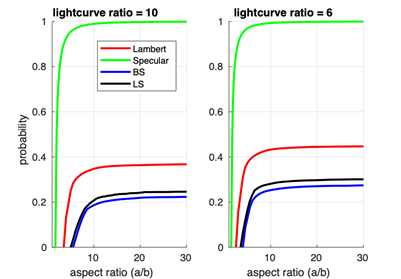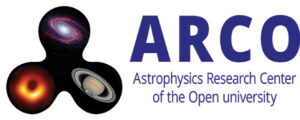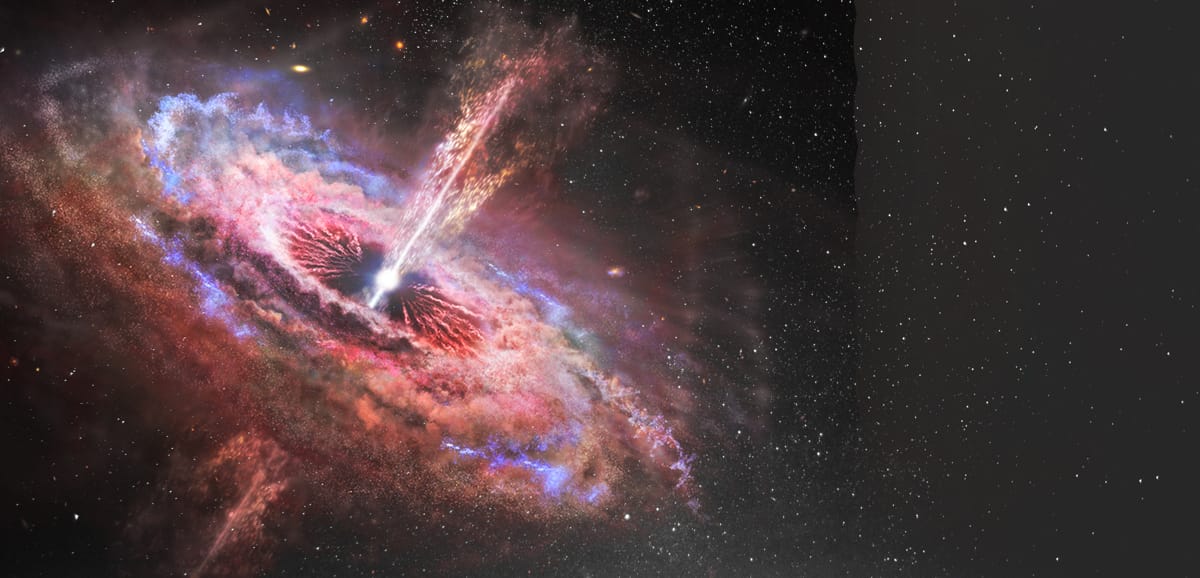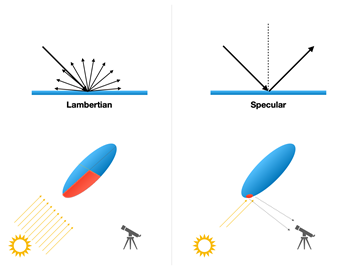As a first observed interstellar object, ’Oumuamua introduced new challenges to small bodies theories. Some of the challenges are related to the irregular elongated shape that is derived from its lightcurve ratio. The large brightness variation in the observed lightcurve of ’Oumuamua is probably related to its shape, i.e., to the ratio between its longest axis and its shortest axis (aspect ratio). Several approaches found the aspect ratio of ’Oumuamua to be unusually elongated. Moreover, the spin axis orientation has to be almost perpendicular to the observer in order to obtain such an extreme lightcurve, a configuration which is unlikely. However, interstellar ’Oumuamua may have different surface properties than we know in our solar system. Therefore, in this work we widen the parameter space for surface properties beyond the asteroid-like models and study its effect on ’Oumuamua’s lightcurve. We calculate reflection from a rotating ellipsoidal object for four models: Lambertian reflection, specular reflection, single scattering diffusive and backscatter . We then calculate the probability to obtain a lightcurve ratio larger than the observed, as a function of the object’s aspect ratio, assuming an isotopic spin orientation distribution. We find the elongation of ’Oumuamua to be less extreme for the Lambertian and specular reflection models. Consequently, the probability to observe the lightcurve ratio of ’Oumuamua given its unknown spin axis orientation is larger for those models. We conclude that different surface reflection properties may suggest alternatives to the extreme shape of ’Oumuamua, relieving the need for complicated formation scenario, extreme albedo variation, or unnatural origin. Although the models suggested in this work are for ideal ellipsoidal shape and ideal reflection method, the results emphasize the importance of surface properties for the derived aspect ratio.
On the aspect ratio of ’Oumuamua: less elongated shape for irregular surface properties / Vazan, Allona; Sari Re’em
An illustration of Lambertian (left) and specular (right) reflection. Up: reflection from a plane unit surface area. Bottom: overall reflection from an ellipsoid. The surface area on each ellipsoid that contributes the observed brightness appears in red.

The probability to observe a lightcurve ratio of minimum 10 (left) and 6 (right) as a function of the object aspect ratio, for different surface reflection conditions: Lambertian (red), specular (green), backscatter (blue), and Lommel-Seeliger (black). For all cases phase angle is Θ = 24◦






